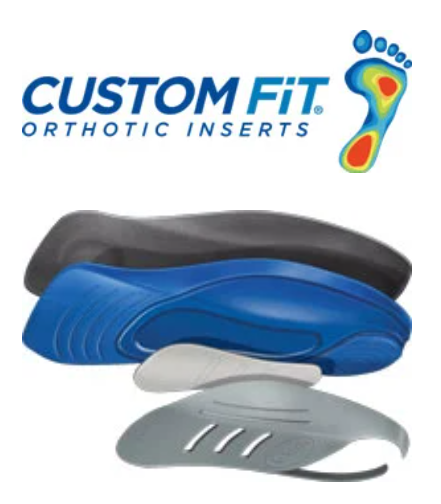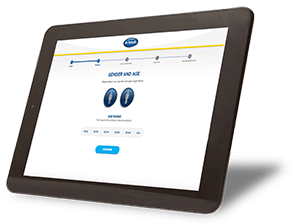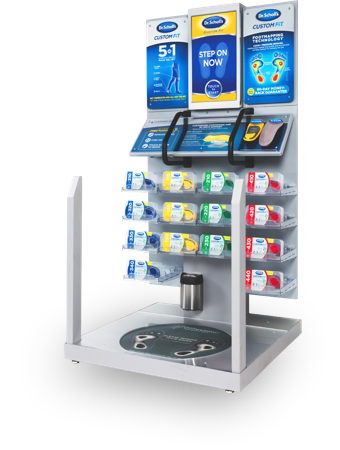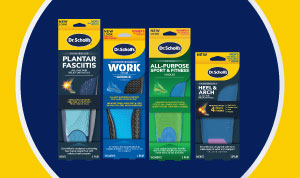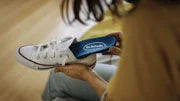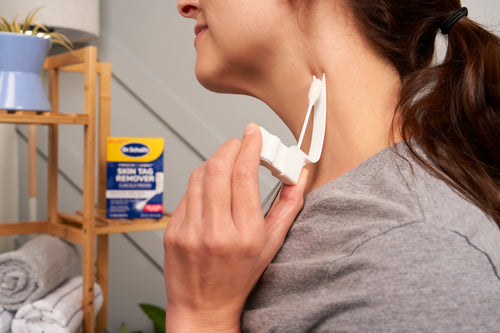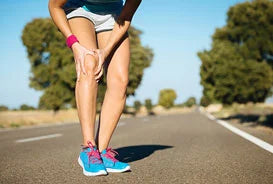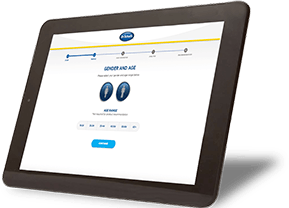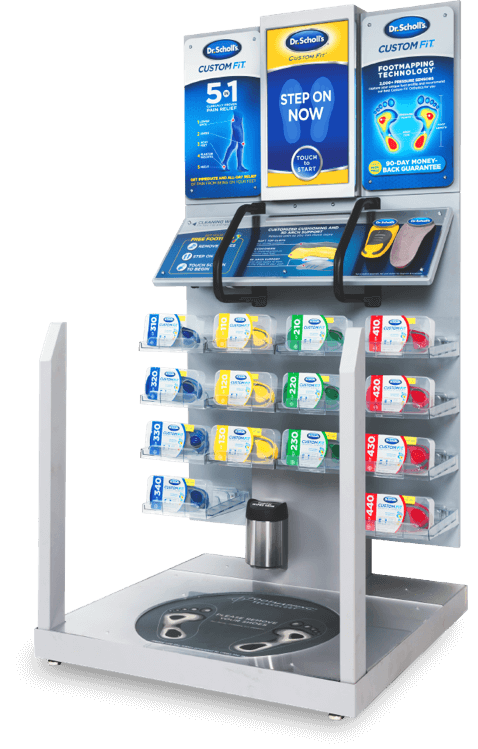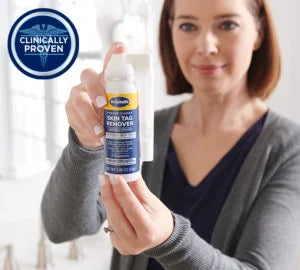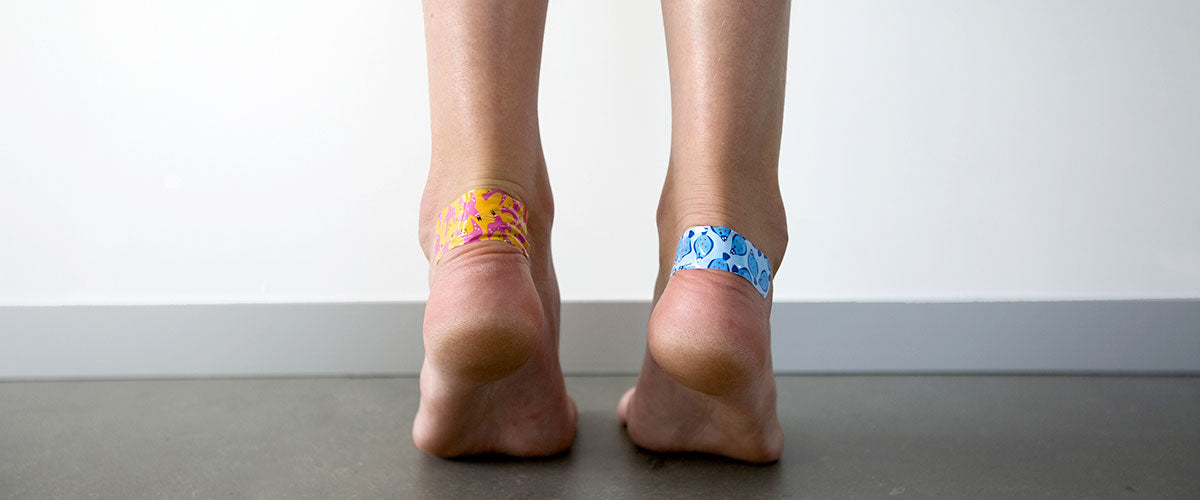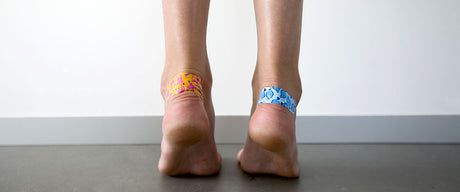When it comes to blisters, there’s an ongoing debate. To pop or not to pop? That is the question. And while we’re at it, what exactly causes blisters? How do you prevent blisters? And what should you do if you get a blister? Read on to find out.
What causes blisters? While blisters can develop due to a number of causes, the most common cause is excess friction. Many people experience blisters on the feet from shoes that don’t fit right. Blisters can also occur when you wear a new pair of shoes for an extensive period of time without breaking them in. When shoes rub against the skin, fluid builds up just below the top layer of the skin to form a bubble. This fluid-filled bubble develops in order to protect injured skin, allowing it to heal.

How to prevent blisters?
The best blister is the one you never get, so it’s best to avoid the issues that lead to blisters in the first place. Here are some blister prevention tips:
- Wear shoes that fit well and stay in place. If you have new shoes, take time to break them in before wearing them for a long period of time.
- Since sweat can contribute to friction, keep the feet dry with moisture-wicking socks. You can also use moisture-absorbing powder products such as Dr. Scholl’s® Odor-X® Odor-Fighting Foot Powder and Dr. Scholl’s® Odor-X® Ultra Odor-Fighting Spray Powder.
- If your shoes are rubbing against specific areas of your feet, try Dr. Scholl’s® Moleskin Plus Padding Roll. The moleskin can be easily cut to the size and shape you need to protect skin from blister-causing friction.

- If your shoes are slipping around because they’re too big, try using shoe inserts (insoles or smaller) to fill in excess space. Products like Dr. Scholl’s® Heel Liners can help keep your feet in place so they don’t slip and rub against the heels of your shoes.

What to do when you get a blister?
As tempting as it can be, it’s best not to pop a blister as long as it’s not painful. When left alone, most blisters just resolve on their own over time. To avoid further irritation and protect the blister, try Dr. Scholl’s® Blister Treatment Cushions with DURAGEL® technology. The cushions are thin and barely noticeable so you can wear them with any type of shoe. They’re even sweat resistant so you don’t have to worry about them sliding off when you work out. You can also use the cushions to prevent new blisters from forming since they help reduce friction.

Sometimes blisters accidentally pop. If the fluid from the blister is clear, the skin should heal with proper care. Follow these steps:
- Clean the area thoroughly with warm water and soap. You can also apply a little alcohol with a cotton swab.
- Cover the blister with a sterile bandage. You can apply an antibiotic ointment before bandaging to reduce the risk of infection.
- Replace the bandage every day until the blister has healed. This will help keep the damaged skin clean and protected.

Consult your doctor if there is any sign of infection such a foul odor, cloudy-yellow liquid oozing from the blister, redness, swelling, pain or a hot sensation. Blisters that don’t heal should also be evaluated by a doctor.

